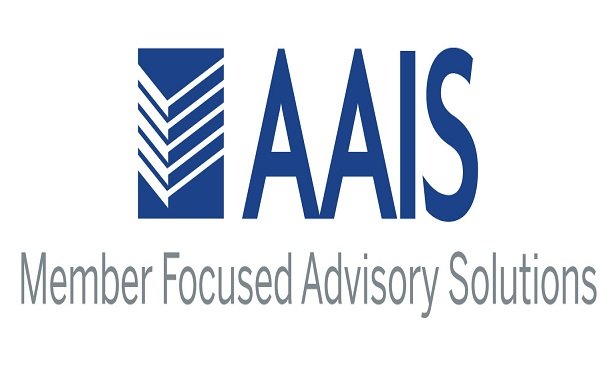Sticker shock in the extreme.
|That would be understating the reaction members of Congress andtheir staffers exhibited as officials of the Federal EmergencyManagement Agency briefed them on the impact of the Biggert-WatersAct on flood insurance premiums.
|The Sept. 4 briefing, and others held for homeowners in statessuch as Mississippi, Florida and Vermont, are generating strongreactions from both homeowners and legislators—although 405 membersof the House voted for the legislation in June 2012.
|For example, Sen. Mary Landrieu, D-La., and Rep. CedricRichmond, D-La., who represents New Orleans, issued statementsurging prompt congressional action to delay the rates after thebriefing.
|Congress returns to work next Monday.
|State officials estimate that 49 percent of Louisiana propertiesthat have flood insurance pay subsidized rates.
|“It took FEMA far too long to make this critical informationavailable to communities in Louisiana and across the nation tryingto prepare for the steep rate increases that are scheduled to takeeffect on Oct. 1,” Landrieu said.
|“While I am pleased that FEMA followed up on commitments madeduring their recent trip to Louisiana, I remain very concernedabout the impacts these rate increases will have on homeowners andsmall businesses throughout the nation,” she said.
|Landrieu pushed for the passage of her SMART NFIP Act, whichwould delay flood insurance premium increases and block amandate to start phasing out subsidies on properties with ratesthat were grandfathered in when FEMA developedflood maps in 1974.
|Richmond said the briefing was “disheartening.” and“confirms what I, my colleagues, and Louisiana's homeowners havefeared for months.”
|“These new rates will indeed have a crippling impact ontoo many of Louisiana's homeowners,” he said.
|He urged passage of legislation delaying the rate hikes.“Louisianans and homeowners all across the nation desperately needus to address the crisis of flood insurance affordability,”Richmond said.
|The law mandated changes to the flood insurance program designedto phase out subsidies that have kept rates low for insurance onolder homes built before flood maps were redrawn to make themaccurately reflect financial risk.
|It required actuarial rates based on risk be phased in over fouryears for second homes, commercial properties and those that havesuffered repeated flood losses effective next year.
|It also increases the annual rate hikes most homeowners arecharged from 10 to 20 percent a year.
|FEMA officials say homeowners who purchased a home in ahigh-risk area after B-W was enacted in July 2012 in most case arepaying the same flood insurance rate as the previous owners.However, according to a “fact sheet” FEMA officials provided at thebriefing, homeowners will have to present an elevation certificateto their agents when they renew their policies.
|In most cases, they will likely be required to pay much higherrates.
|The briefing marked the first time ever that FEMA'scongressional liaison staff briefed legislators and their staffs onthe guidelines Write-Your-Own Companies will use starting Oct. 1 incomputing premiums for flood insurance in new policies.
|Susan Koshgarian, agency lobbyist, briefed the officials at ameeting held in the Dirksen Senate Office Building. The officialssaid that the documents are normally only provided to WYOcompanies” and other insurance partners.
|To explain the impact of the new law, FEMA officials said that anon-elevated, single family dwelling with two floors where thelowest floor is three feet below the “base flood elevation,” andwhere there is no basement would have a premium of $5,676 peryear.
|The BFE is the standard used in calculating whether a propertyis on a flood level that has one percent chance of being equaled orexceeded in any given year. The briefer said this would be thepremium for a type of building in an AE zone with building coverageof $200,000, contents coverage of $100,000 and a standard $1,000deductible would have a premium of $5,676 per year.
|In a recent briefing session in the Tampa area, FEMA officials,homeowners and Realtors painted a disturbing picture, according toreports by Bay News Channel 9 and the St. PetersburgTribune.
|One Realtor noted that an older home, like many in TreasureIsland, with its lowest floor six-feet below base flood elevationhas cost about $2,500 to insure through the federal government'sflood insurance program. That rate could leap to $15,000.
|The articles cited the example of Eric Anderson, a TreasureIsland homeowner who is trying to sell his home.
|With its large stock of older homes, Pinellas County has thehighest number of properties in the nation that could be affectedby the law. Should new rate be implemented, local officials andRealtors warned they could have disastrous effects on the slowlyrecovering real estate market and trickle down to the area'stourism industry.
Want to continue reading?
Become a Free PropertyCasualty360 Digital Reader
Your access to unlimited PropertyCasualty360 content isn’t changing.
Once you are an ALM digital member, you’ll receive:
- All PropertyCasualty360.com news coverage, best practices, and in-depth analysis.
- Educational webcasts, resources from industry leaders, and informative newsletters.
- Other award-winning websites including BenefitsPRO.com and ThinkAdvisor.com.
Already have an account? Sign In
© 2024 ALM Global, LLC, All Rights Reserved. Request academic re-use from www.copyright.com. All other uses, submit a request to [email protected]. For more information visit Asset & Logo Licensing.








